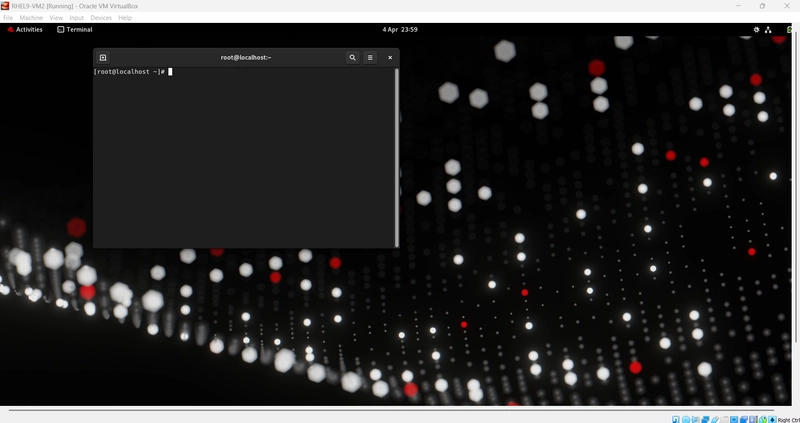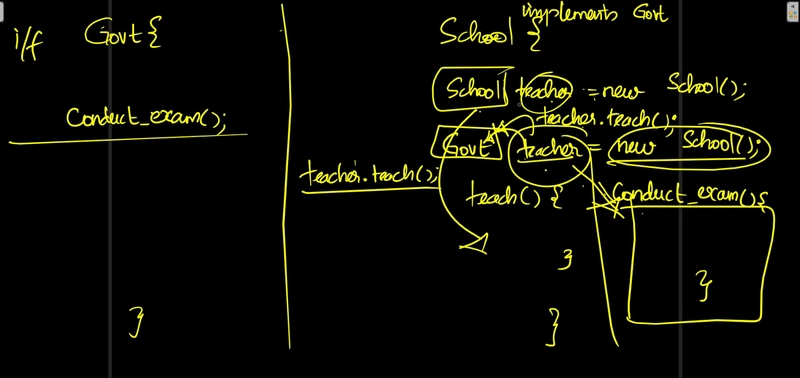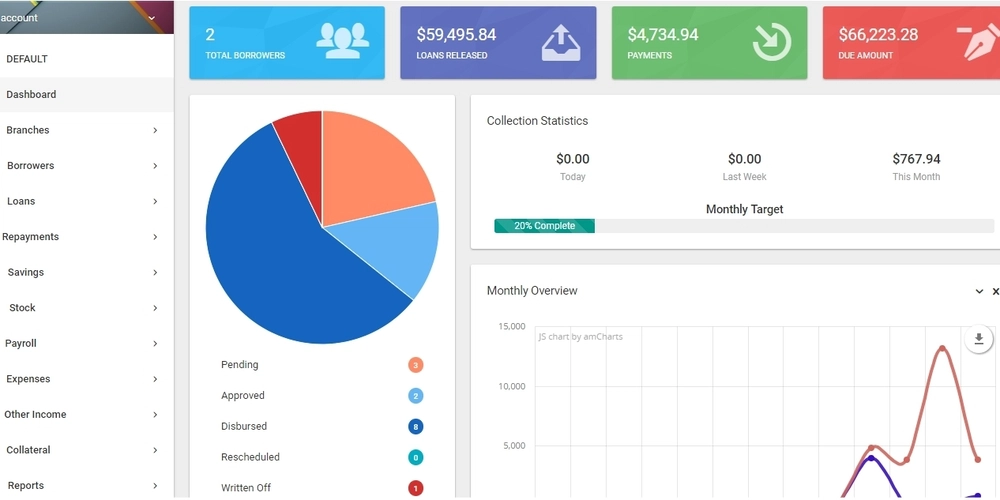What the Heck Is Linux, and Why You Should Bother Learning It (Especially Red Hat) in 2025
Introduction Let’s be real — when people hear Linux, they imagine a bearded hacker in a dimly lit room, hammering away at a terminal, while green code rains down like in The Matrix. But plot twist: Linux isn’t just for hackers or tech snobs on Reddit. In fact, Linux is everywhere. It’s behind your favorite websites, your phone, the cloud, and even your smart TV that won’t stop asking you to update its software. And if you’re thinking of breaking into tech in 2025, learning Linux — especially Red Hat Linux — is one of the smartest moves you can make. So, What Is Linux, Anyway? In human terms: Linux is an operating system (OS) — kind of like Windows or macOS but cooler because it’s open-source (which means it’s free and you can tinker with it). It comes in different versions called distributions (or distros). Think of them like different ice cream flavors: all based on the same recipe, but with their own twist. Popular ones include: Ubuntu: Super beginner-friendly Fedora: Sleek and cutting-edge Arch: For masochists who like to build their OS from scratch Red Hat Enterprise Linux (RHEL): The one your future boss actually cares about Wait — What’s Red Hat, and Why Should I Care? Glad you asked. Red Hat Enterprise Linux (RHEL) is basically the corporate, buttoned-up version of Linux. While other distros are great for personal use and side projects, Red Hat is the go-to in enterprise environments, especially in banks, hospitals, government agencies, and cloud platforms. Fun fact: Big companies pay serious money for Red Hat support and services because it’s stable, secure, and comes with actual tech support instead of a random Reddit thread from 2013. If you’re aiming for a career in cloud engineering, cybersecurity, or DevOps, knowing Red Hat (or its free cousin CentOS Stream or Fedora) is a massive plus. Where Does Linux Hide Out? Spoiler: It’s basically everywhere. Web Servers: Google, Netflix, Facebook — all powered by Linux. The Cloud: AWS, Azure, and Google Cloud? Yup, mostly Linux under the hood. Smartphones: If you’re on Android, congratulations — you’ve been using Linux this whole time. Supercomputers: Every single one of the world’s top 500 fastest supercomputers runs Linux. Red Hat: Dominates in enterprise IT and hybrid cloud setups — if there’s a big, important system somewhere, chances are Red Hat’s running it. Why Should You Learn Linux (and Red Hat) in 2025? It’s a Career Cheat Code: Want to get into cloud computing, cybersecurity, or system administration? Linux is the foundation. And Red Hat knowledge makes you even more marketable. It’s Free to Learn: You can install Linux for free. Red Hat even offers developer subscriptions for free so you can practice without selling a kidney. The Cloud Runs on It: As more businesses move to the cloud, Linux — especially Red Hat in corporate setups — is what’s keeping everything online. It’ll Make You Look Like a Pro: Knowing your way around a command line makes you feel (and look) like a tech wizard. Bonus points if you can explain what SELinux is at a party. Certifications Can Seriously Boost Your Pay: Red Hat offers respected certs like RHCSA (Red Hat Certified System Administrator) and RHCE (Engineer). These can fast-track you into well-paying tech roles. How to Get Started Without Nuking Your Computer Virtual Machines (VMs): Install Linux inside your existing OS using tools like VirtualBox. Red Hat Developer Program: Sign up for a free developer subscription and spin up your own RHEL instance. Free Online Labs: Check out OverTheWire, Katacoda, or Red Hat Learning Community for hands-on exercises. Conclusion Linux isn’t scary. It’s not just for hackers or people who have a strong opinion about text editors. It runs most of the world’s tech, and knowing how it works — especially in Red Hat environments — can unlock serious career opportunities. And hey, it’s 2025 — the world’s a little wild. Might as well pick up a skill that makes you recession-proof, cloud-ready, and a little cooler at parties (okay, maybe not that last one, but still). So, are you ready to unleash your inner terminal ninja and dive into Linux? Get yourself a distro, fire up that command line, and let’s get geeky.

Introduction
Let’s be real — when people hear Linux, they imagine a bearded hacker in a dimly lit room, hammering away at a terminal, while green code rains down like in The Matrix. But plot twist: Linux isn’t just for hackers or tech snobs on Reddit.
In fact, Linux is everywhere. It’s behind your favorite websites, your phone, the cloud, and even your smart TV that won’t stop asking you to update its software. And if you’re thinking of breaking into tech in 2025, learning Linux — especially Red Hat Linux — is one of the smartest moves you can make.
So, What Is Linux, Anyway?
In human terms: Linux is an operating system (OS) — kind of like Windows or macOS but cooler because it’s open-source (which means it’s free and you can tinker with it).
It comes in different versions called distributions (or distros). Think of them like different ice cream flavors: all based on the same recipe, but with their own twist. Popular ones include:
Ubuntu: Super beginner-friendly
Fedora: Sleek and cutting-edge
Arch: For masochists who like to build their OS from scratch
Red Hat Enterprise Linux (RHEL): The one your future boss actually cares about
Wait — What’s Red Hat, and Why Should I Care?
Glad you asked. Red Hat Enterprise Linux (RHEL) is basically the corporate, buttoned-up version of Linux. While other distros are great for personal use and side projects, Red Hat is the go-to in enterprise environments, especially in banks, hospitals, government agencies, and cloud platforms.
Fun fact:
Big companies pay serious money for Red Hat support and services because it’s stable, secure, and comes with actual tech support instead of a random Reddit thread from 2013.
If you’re aiming for a career in cloud engineering, cybersecurity, or DevOps, knowing Red Hat (or its free cousin CentOS Stream or Fedora) is a massive plus.
Where Does Linux Hide Out?
Spoiler: It’s basically everywhere.
Web Servers: Google, Netflix, Facebook — all powered by Linux.
The Cloud: AWS, Azure, and Google Cloud? Yup, mostly Linux under the hood.
Smartphones: If you’re on Android, congratulations — you’ve been using Linux this whole time.
Supercomputers: Every single one of the world’s top 500 fastest supercomputers runs Linux.
Red Hat: Dominates in enterprise IT and hybrid cloud setups — if there’s a big, important system somewhere, chances are Red Hat’s running it.
Why Should You Learn Linux (and Red Hat) in 2025?
It’s a Career Cheat Code:
Want to get into cloud computing, cybersecurity, or system administration? Linux is the foundation. And Red Hat knowledge makes you even more marketable.
It’s Free to Learn:
You can install Linux for free. Red Hat even offers developer subscriptions for free so you can practice without selling a kidney.
The Cloud Runs on It:
As more businesses move to the cloud, Linux — especially Red Hat in corporate setups — is what’s keeping everything online.
It’ll Make You Look Like a Pro:
Knowing your way around a command line makes you feel (and look) like a tech wizard. Bonus points if you can explain what SELinux is at a party.
Certifications Can Seriously Boost Your Pay:
Red Hat offers respected certs like RHCSA (Red Hat Certified System Administrator) and RHCE (Engineer). These can fast-track you into well-paying tech roles.
How to Get Started Without Nuking Your Computer
Virtual Machines (VMs): Install Linux inside your existing OS using tools like VirtualBox.
Red Hat Developer Program: Sign up for a free developer subscription and spin up your own RHEL instance.
Free Online Labs: Check out OverTheWire, Katacoda, or Red Hat Learning Community for hands-on exercises.
Conclusion
Linux isn’t scary. It’s not just for hackers or people who have a strong opinion about text editors. It runs most of the world’s tech, and knowing how it works — especially in Red Hat environments — can unlock serious career opportunities.
And hey, it’s 2025 — the world’s a little wild. Might as well pick up a skill that makes you recession-proof, cloud-ready, and a little cooler at parties (okay, maybe not that last one, but still).
So, are you ready to unleash your inner terminal ninja and dive into Linux?
Get yourself a distro, fire up that command line, and let’s get geeky.









































































































































































![[The AI Show Episode 144]: ChatGPT’s New Memory, Shopify CEO’s Leaked “AI First” Memo, Google Cloud Next Releases, o3 and o4-mini Coming Soon & Llama 4’s Rocky Launch](https://www.marketingaiinstitute.com/hubfs/ep%20144%20cover.png)




























































































































![[DEALS] The All-in-One Microsoft Office Pro 2019 for Windows: Lifetime License + Windows 11 Pro Bundle (89% off) & Other Deals Up To 98% Off](https://www.javacodegeeks.com/wp-content/uploads/2012/12/jcg-logo.jpg)



























![Is this too much for a modular monolith system? [closed]](https://i.sstatic.net/pYL1nsfg.png)






















































































































_Andreas_Prott_Alamy.jpg?width=1280&auto=webp&quality=80&disable=upscale#)
































































































![What features do you get with Gemini Advanced? [April 2025]](https://i0.wp.com/9to5google.com/wp-content/uploads/sites/4/2024/02/gemini-advanced-cover.jpg?resize=1200%2C628&quality=82&strip=all&ssl=1)













![Apple Shares Official Trailer for 'Long Way Home' Starring Ewan McGregor and Charley Boorman [Video]](https://www.iclarified.com/images/news/97069/97069/97069-640.jpg)
![Apple Watch Series 10 Back On Sale for $299! [Lowest Price Ever]](https://www.iclarified.com/images/news/96657/96657/96657-640.jpg)
![EU Postpones Apple App Store Fines Amid Tariff Negotiations [Report]](https://www.iclarified.com/images/news/97068/97068/97068-640.jpg)
![Apple Slips to Fifth in China's Smartphone Market with 9% Decline [Report]](https://www.iclarified.com/images/news/97065/97065/97065-640.jpg)




































































































































